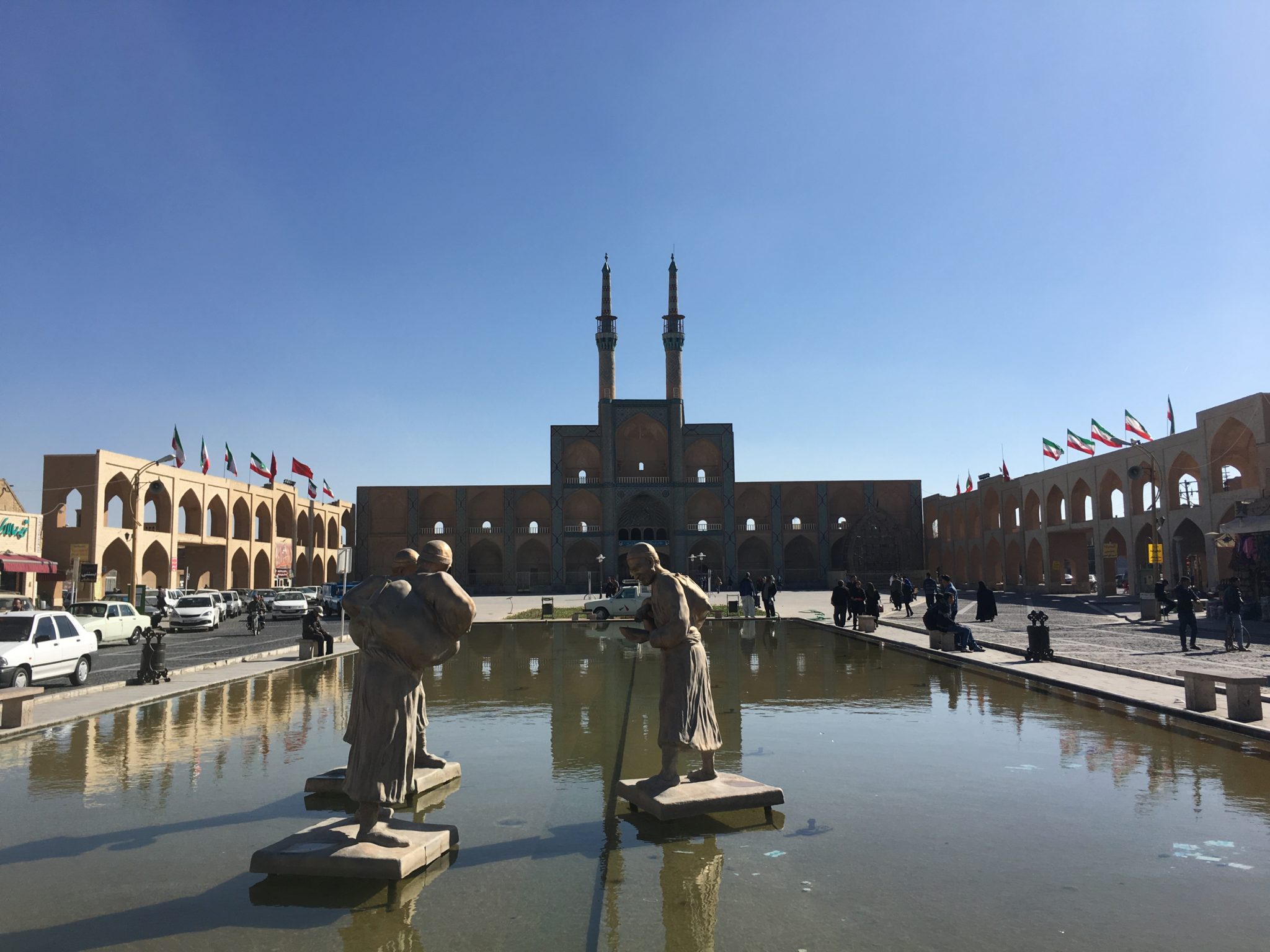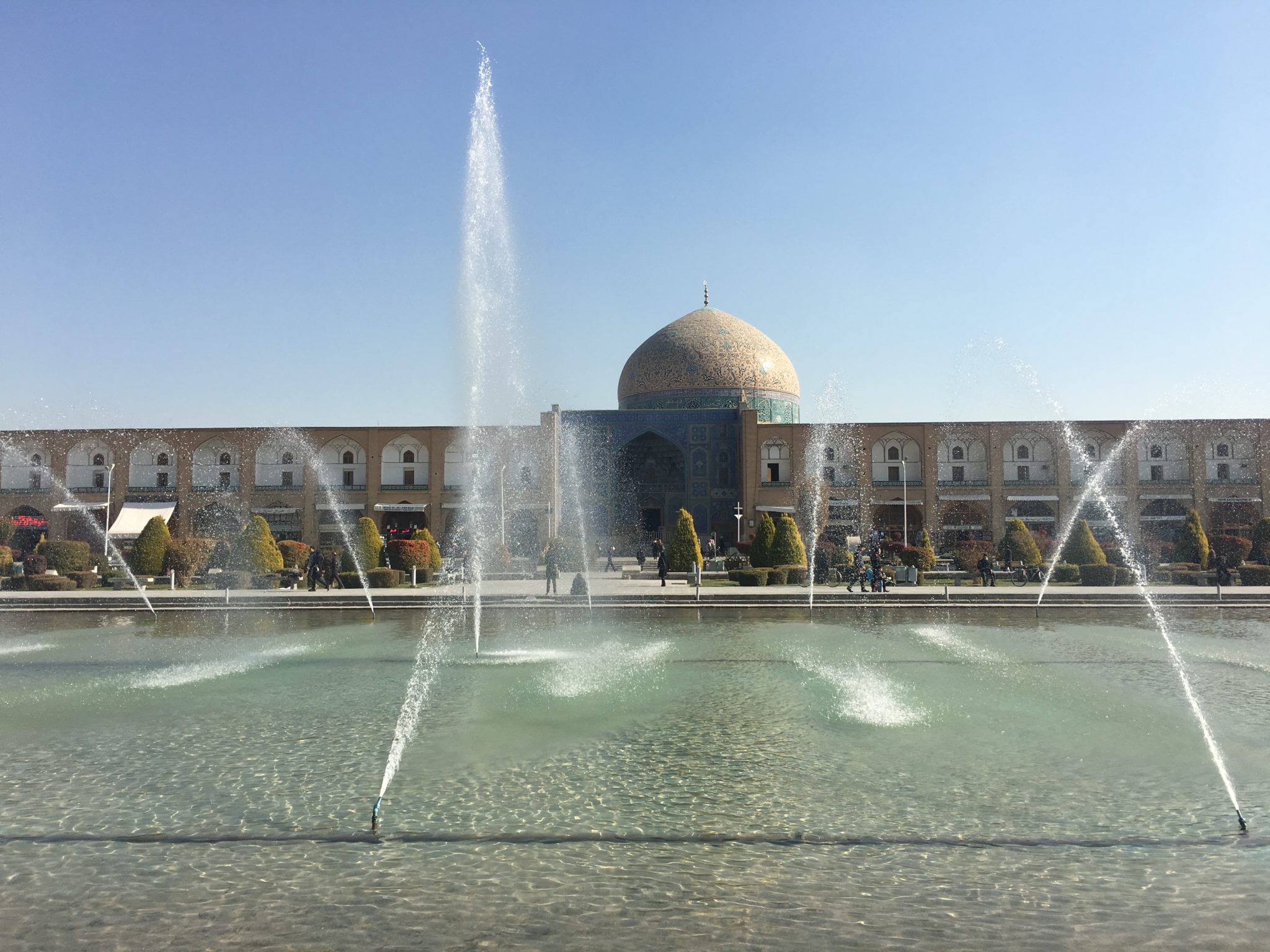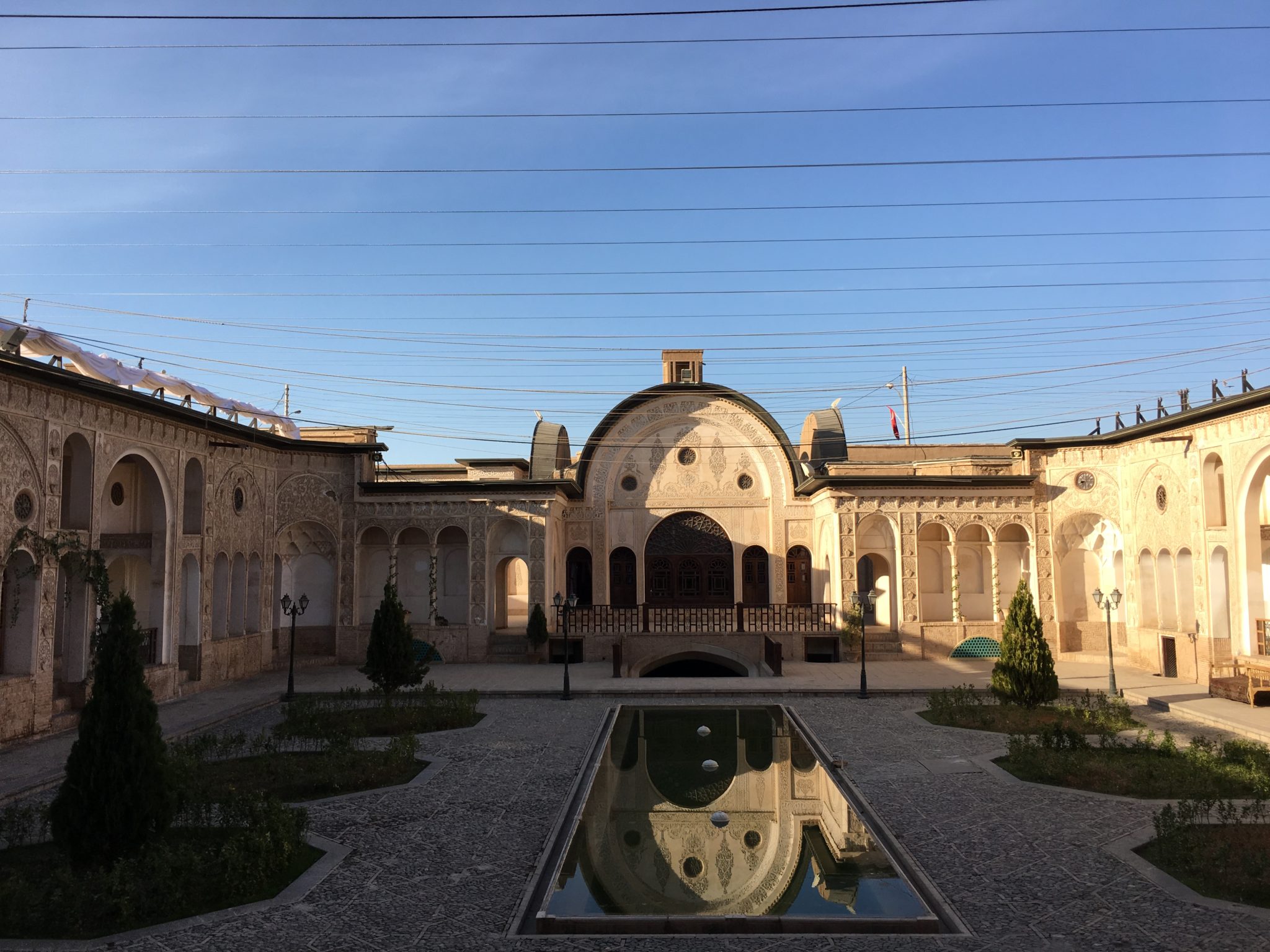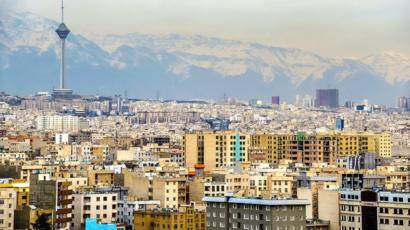
The desert city of Yazd is as picturesque as Middle Eastern cities come. Its well-preserved mud brick old town, distinctive badgirs, or wind-catchers, dotted around the skyline, and numerous historical sites make it a necessary destination for any tourist visiting Iran.

With its winding lanes, forest of badgirs, mud-brick houses and delightful places to stay, Yazd is a ‘don’t miss’ destination. On a flat plain ringed by mountains, the city is wedged between the northern Dasht-e Kavir and southern Dasht-e Lut and is every inch a city of the desert. It may not have the big-ticket sights of Esfahan or Shiraz, but, with its atmospheric alleyways and centuries of history, it exceeds both in its capacity to enchant. Yazd warrants a lazy approach – rambling around the maze of historic lanes (referred to locally as Yazd’s ‘historical texture’), popping into random teahouses or pausing to work out calligraphic puzzles in the city’s exquisite tilework.

Yazd is a great base to explore the remains of the mysterious religion Zoroastrian, such as the Towers of Silence and the Fire Temple. Before coming to Iran, I did not know much about this religion until I read the guidebook. It was intriguing for me as I wondered why would people sacrifice dead bodies to the vultures. To each his own.

Be sure to visit the Amir Chakhmaq couplex, Zoroastrian Ateshkadeh (fire temple), Towers of Silence, Old Town, Jame Mosque and Bagh-e-Dowlatabad during your visit to Yazd. Spend around three days here to have a comfortable time to explore all the places, and maybe allocate an extra day to do a day trip to the nearby village of Chak Chak and Kharanaq.


Starting from the Old Town, it is still well-preserved and inhabited. With its warren-like streets and intriguing nooks and crannies, it is a delight to get lost in whilst on an afternoon stroll. The yellow-brown of the mud-brick buildings demonstrate just how dry this city is, and the badgirs which poke out periodically are a scenic reminder of the ingenuity of Yazd’s traditional architecture. There is a hotel (Friendly House hotel) near the shrine with a rooftop access that caters for some unforgettable views.


The Jame Mosque is visible from all around the Old Town and it stands tall till today. The 14th–century structure reportedly has the highest minarets in the country, and exemplifies Iranian-Islamic architecture with its delicate blue-mosaic tile work. Some elements of the mosque date back even earlier to the 12th century. The intricacies and inscriptions of the grand iwan are a particular highlight.

The nicest garden in Yazd would be Bagh-e-Dowlatabad. With an abundance of fountains, cypress trees, and pomegranates, it can be said to capture the quintessence of the Persian garden. The 18th-century residence offers an abundance of shade and some beautiful buildings, attracting tourists all year round. The 33-metre central badgir, as well as the kaleidoscopic array of stained-glass windows, make for a magically idiosyncratic aesthetic, the likes of which you won’t find elsewhere or soon forget.

Yazd’s architectural centrepiece, the Amir Chakhmaq complex is located in the heart of the city, in a square of the same name. The imposing three-storey façade flaunts a number of beautifully symmetrical iwans, which light up and glow after sunset. It is one of the largest hosseiniehs in the country (buildings used in the commemorative ceremonies for Imam Hossein’s death), and dates back to the 15th century, although it has undergone numerous renovations. The surrounding square has a number of good sweet and ice cream shops.


Moving on to Zoroastrian sites, let me give you a brief history of this peculiar religion. Zoroastrianism is one of the world’s oldest monotheistic religions. It was founded by the Prophet Zoroaster in ancient Iran approximately 3500 years ago.
For 1000 years Zoroastrianism was one of the most powerful religions in the world. It was the official religion of Persia (Iran) from 600 BCE to 650 CE. Some of the unique features of this religion:
- Zoroastrians are not fire-worshippers, as some Westerners wrongly believe. Zoroastrians believe that the elements are pure and that fire represents God’s light or wisdom.
- Zoroastrians traditionally pray several times a day.
- Zoroastrians worship communally in a Fire Temple
- The largest Zoroastrian festival would be Noruz which is the seventh obligatory feast and it is dedicated to fire. It is the Zoroastrian New Year celebration, and occurs on the spring equinox.

A tower of silence (known also as a ‘dakhma’) is a type of structure used for funerary purposes by adherents of the Zoroastrian faith. This Zoroastrian practice for the disposal of the dead involves the exposure of the corpse to the sun and vultures. This practice has been used traditionally by Zoroastrians, though it has become less common in recent times. As a result, there are a number of disused towers of silence, which no doubt have an air of mystery around them.

After the body was stripped of its flesh, the remaining bones would be left to be dried and bleached by the sun. The stripping of the flesh and the drying of the bones are regarded as a purification process, after which the skeletal remains may be collected and deposited in an ossuary, which may be located within or nearby the tower. Alternatively, the bones may be placed in a central well, where, if the climate is dry, they would naturally disintegrate into powder.

The Towers of Silence are located just outside the city and certainly worth a visit. Rising from a solemn desert landscape, these two circular, raised structures sit atop adjacent hills. Until as recently as the 1960s, in accordance with tradition, the bodies of deceased Zoroastrians were left in the towers’ central pits for scavenger birds to pick at. Abandoned Zoroastrian buildings at the base of the hills contribute to the eerie, otherworldly atmosphere of the place.

Inside the city, the Ateshkadeh or Fire Temple, is the most important, containing a central fire that has allegedly been burning since the 5th century A.D.

I thought that Yazd would be just another desert city like Kashan, but I was wrong. I was truly impressed with the architecture of the city and also the winding alleys of mud/brick houses. I learnt more about Zoroastrian religion here by visiting the ancient sites and I also had made two good friends – Mohammad and Mohammed. Thanks for showing me around your city!


